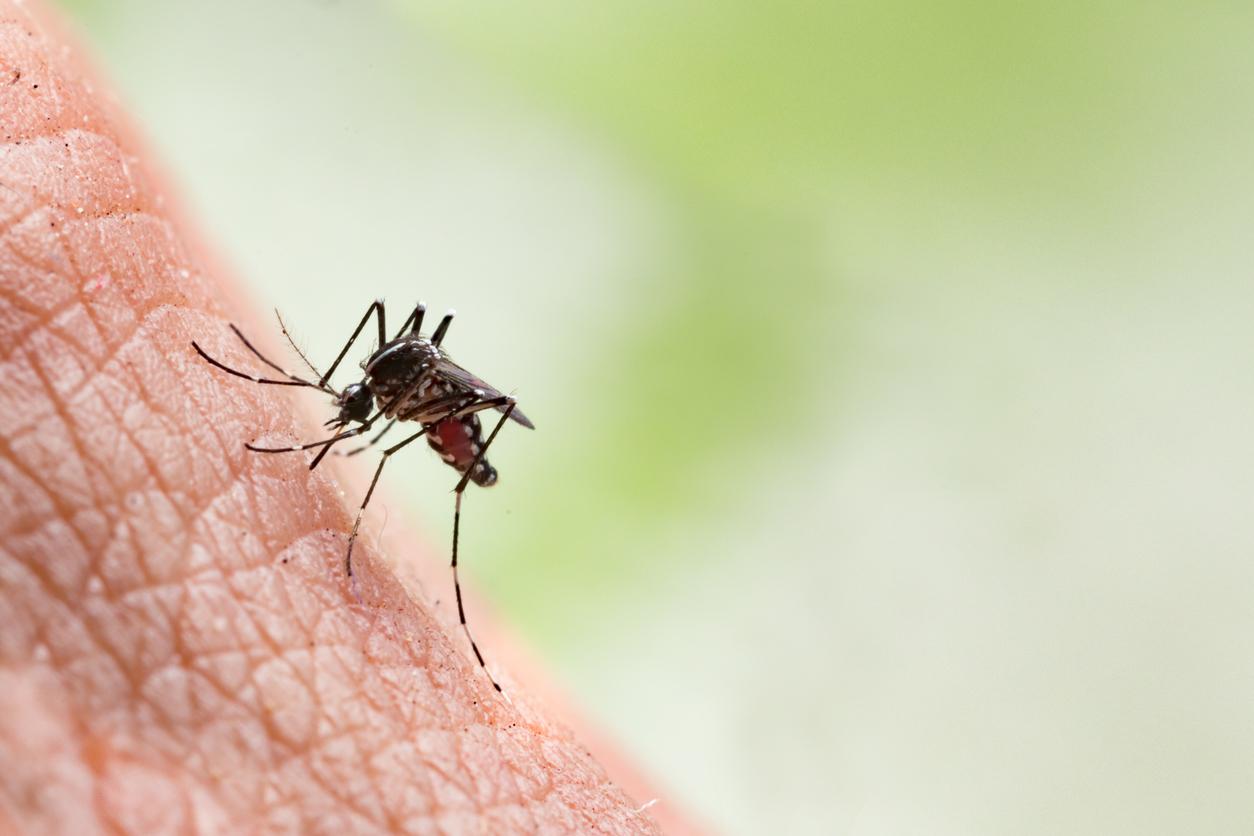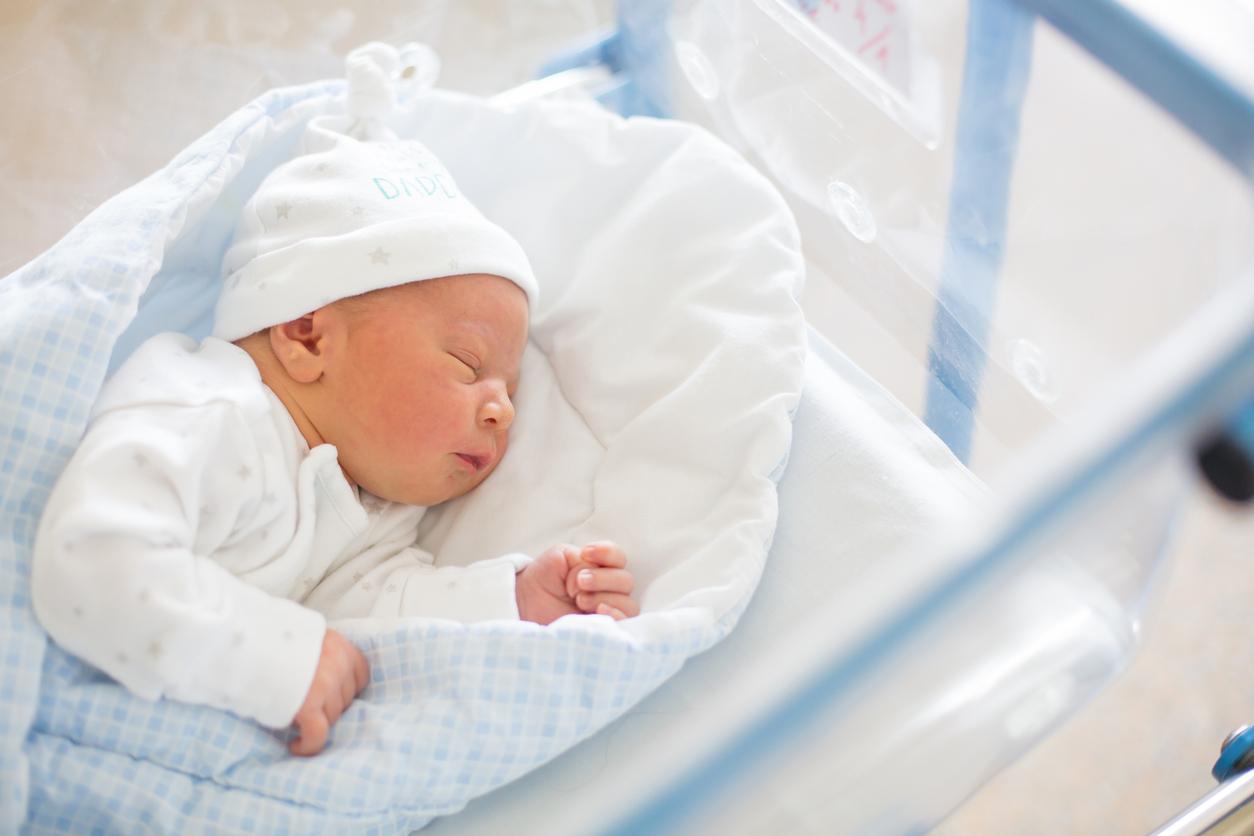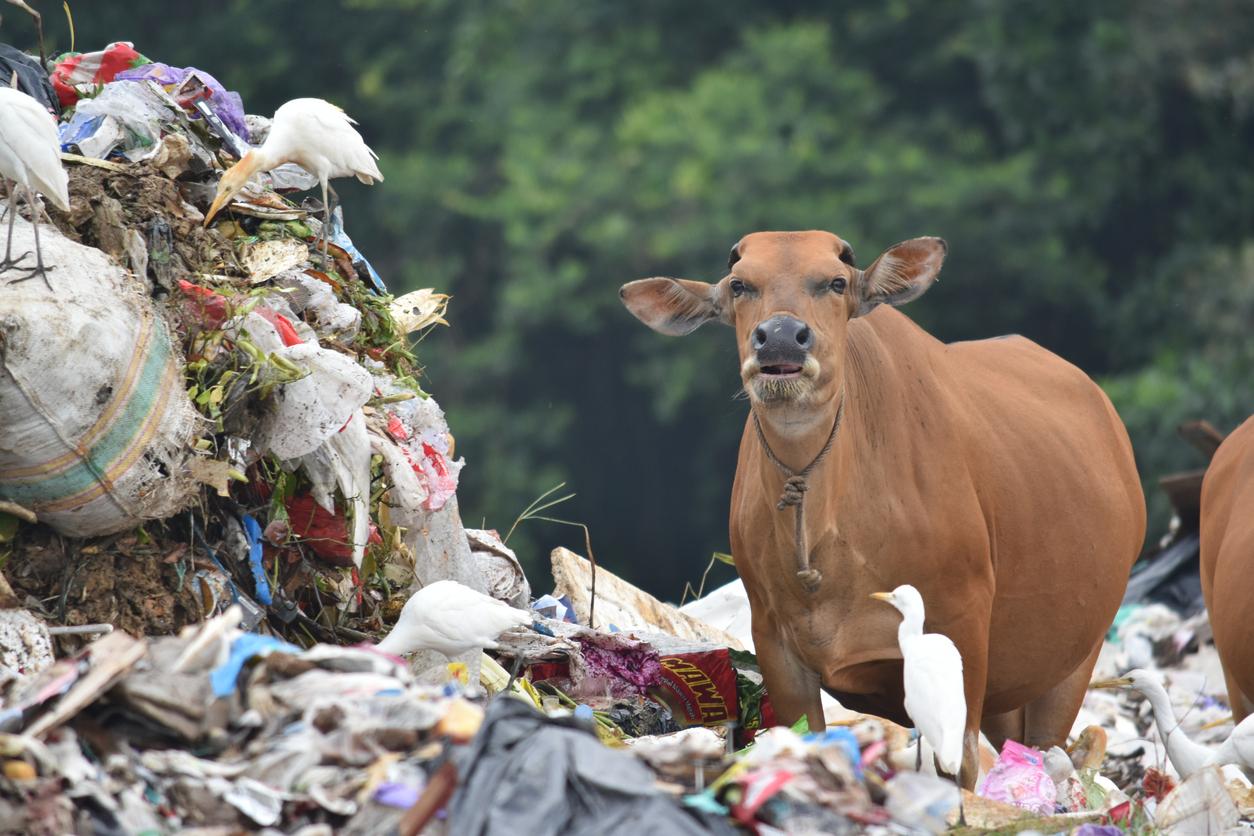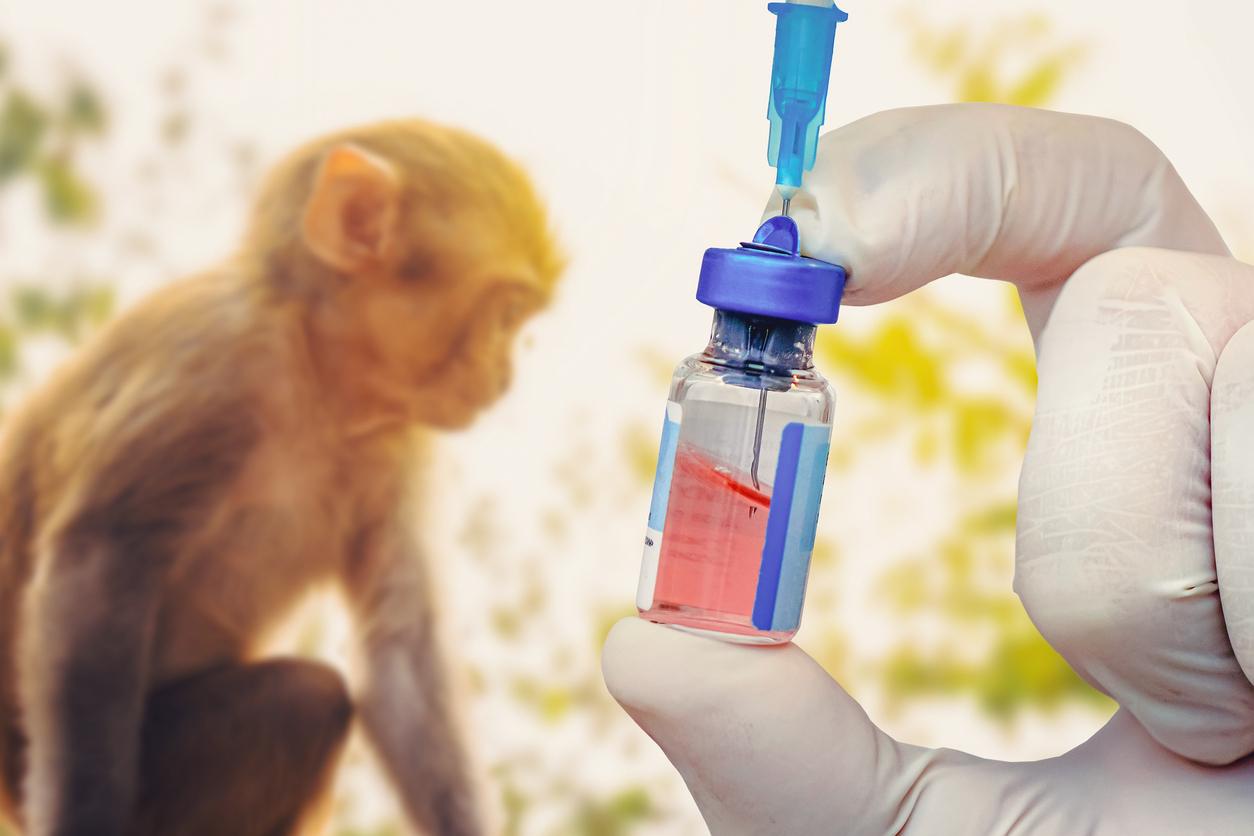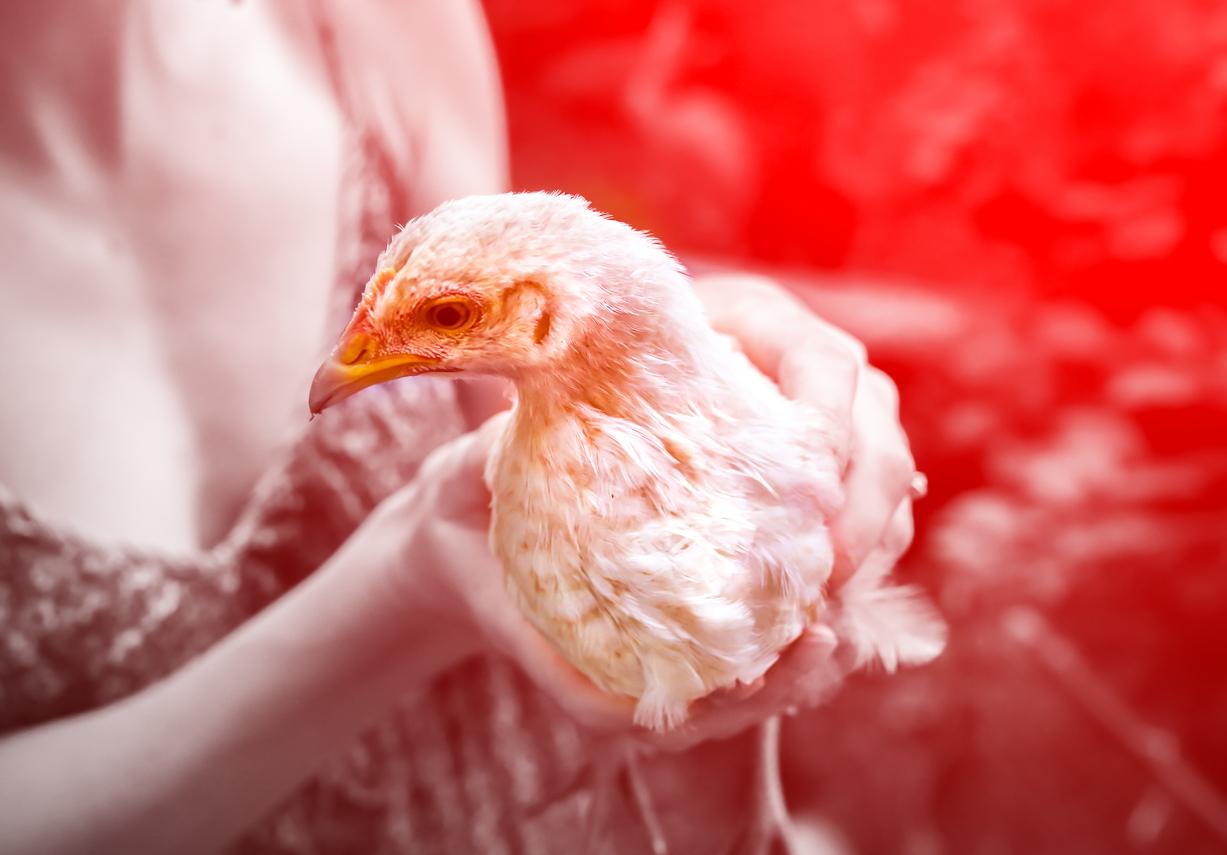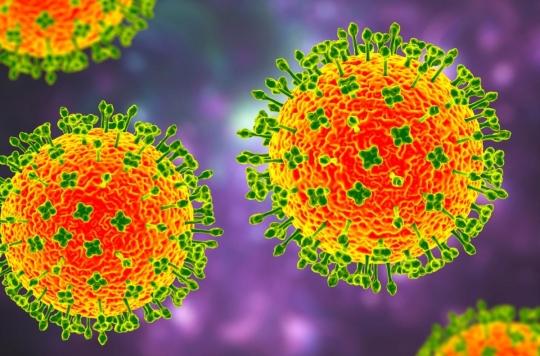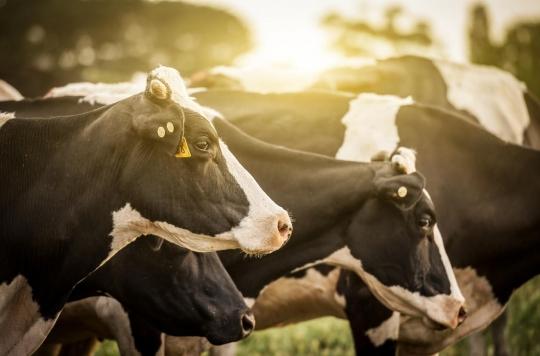An employee of the Montpellier animal park contracted Q fever, a bacterial infection transmitted by the animal. Complications are rare.
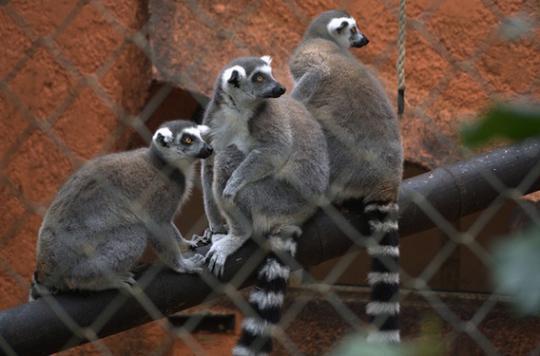
An employee of the Lunaret zoological park in Montpellier (Hérault) contracted Q fever, a bacterial infection caused by the bacteria Coxiella burnetii transmitted to humans by inhalation of infectious particles from animals.
For now, there is no evidence that the infection took place at the Lunaret Zoo. The agent may have been in close contact with animals carrying the bacteria outside of his work. The park has therefore decided to remain open to the public while taking certain precautions. All staff are encouraged to perform screening tests to identify other possible cases. The animals are also subjected to examinations. The first series of samples was negative but a second is planned as a precaution. No animal shows symptoms of the infection.
This zoonosis is mainly observed in goats, sheep and cattle. In these animals, Q fever results in the occurrence of abortion or neonatal mortality. The bacteria have also been identified in pets.
Excreted in urine and faeces, milk, placenta as well as amniotic fluid, bacteria Coxiella burnetii can contaminate humans during childbirth. Veterinarians, laboratory staff, breeders and people working in slaughterhouses are the most affected by this disease.
Asymptomatic in half of cases
Less than half of those infected develop the disease. It remains minor in the majority of cases. The infection most often manifests as a flu-like syndrome, pneumonia, or hepatitis. In a small proportion, the infection can become chronic and debilitating. People who are immunocompromised or have heart disease can die from it.
Q fever first made headlines in 1935 when workers at an Australian abattoir suffered from an unknown disease. Hence the “Q” for questions. Since then, the bacteria has infected hundreds of people in Germany and Canada. Epidemics in farms – since 1996, France has identified 5 – have required the implementation of drastic health measures to limit the risk of transmission. Australia chose in 2001 to launch a vaccination program for people at risk.
.




